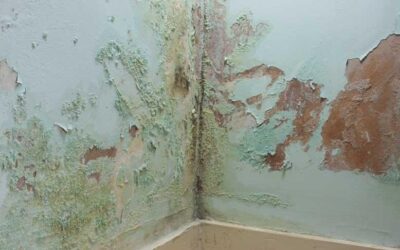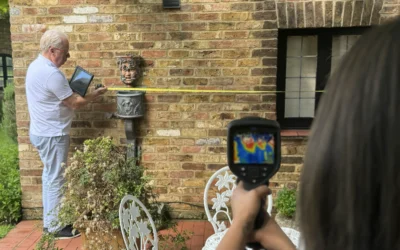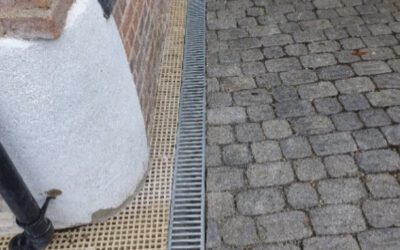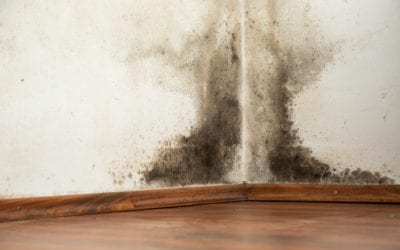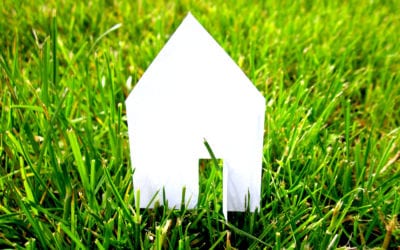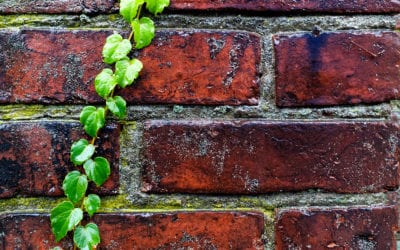How to treat rising damp: what works and what doesn’t
Rising damp is one of the more persistent and misunderstood forms of dampness in buildings. It affects walls at ground level when moisture from the soil is drawn up through brickwork and masonry by capillary action. Left untreated, it can damage plaster, timber, and...
Understanding the importance of professional damp surveys
Damp in your home is more than just an eyesore – it can be a sign of deeper structural issues and a source of serious health concerns. If you suspect moisture problems in your property, commissioning a professional damp survey is one of the most effective steps you...
How to prevent dampness in your home: simple steps to protect your property
Dampness is one of the most common and troublesome issues homeowners face, but the good news is that many types of damp can be prevented with the right approach. Tackling damp before it takes hold is far easier and less costly than dealing with repairs after the...
How dampness affects your property and why it’s important to fix it early
Dampness in the home can sometimes seem like a minor nuisance – a patch here, some peeling wallpaper there – but in reality, it poses a significant threat to your property’s structure, appearance, and even your family’s health. Left untreated, damp can lead to serious...
Common causes of damp and how to spot early signs
Dampness in your home rarely appears without reason. It usually develops because of specific problems, whether structural faults, maintenance issues, or everyday habits. Recognising the causes and spotting early warning signs can save you significant expense and...
What is damp? The hidden threat lurking in your home
Dampness is one of those problems that many homeowners initially overlook, mistaking it for minor wear and tear or simple condensation. But beneath the surface, damp is a serious issue that can threaten the very fabric of your home. It can cause significant...
Green Grant Scheme – What we know so far
The Government’s new Green Grant Scheme went live at the end of September 2020. It will run until the end of March 2021. Within the FMB we have spoken a great deal about the scheme to try and gain a better understanding of how it will operate. It is not a...
The Visible Signs of Dampness
This blog covers Step 1 Dampness and is part 2 in a series of 20Although you cannot visibly see humidity, you will be sure to see the visible signs of dampness and mouldSigns of dampness internallyInternal humidity levels normally have to be high (at over 70 – 80%) to...
An Introduction To Moisture In Buildings
This blog covers Step 1 Dampness and is part 1 in a series of 20Did you know…. No defect will occur in a building without the effects of moistureMoisture in buildings is the most common problem to affect your home. It is important to understand that if dampness is not...


